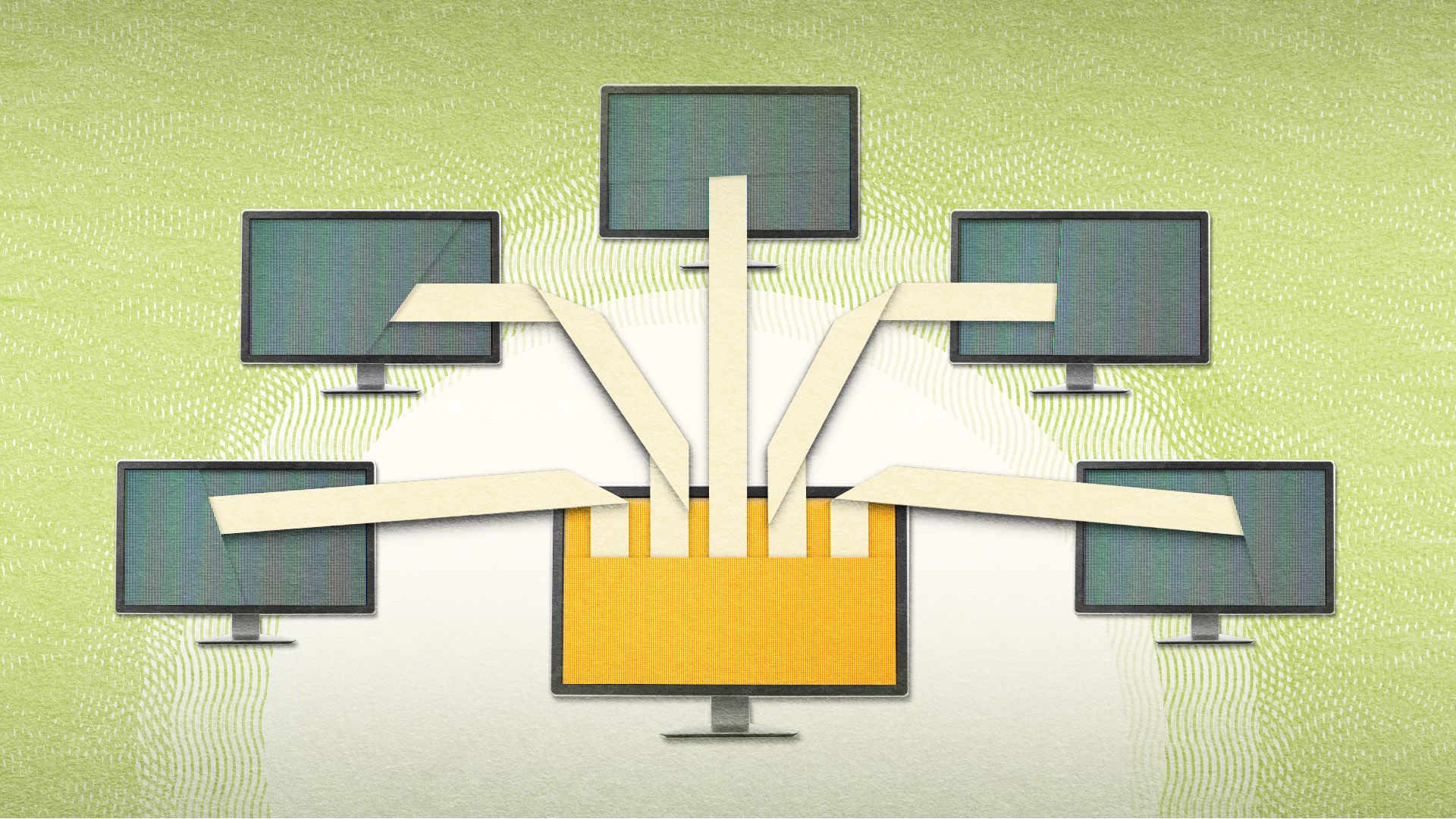How Does Blockchain Technology Work?
Blockchain, the revolutionary technology that underpins cryptocurrencies like Bitcoin, has emerged as a transformative force in countless industries. But how does this enigmatic technology actually work?
The Building Blocks: Blocks and Nodes
Imagine a blockchain as a digital ledger, comprising individual blocks. Each block contains a collection of transaction data, a timestamp, and a hash that uniquely identifies that block. These blocks are linked together in a chronological chain, forming the blockchain. The blockchain is maintained by a vast network of computers, called nodes, distributed across the globe.
Consensus Mechanisms: Guarding the Blockchain
Blockchain is fundamentally secure because it employs consensus mechanisms to validate transactions. One widely used consensus mechanism is Proof-of-Work. With Proof-of-Work, computers solve complex mathematical puzzles to earn the right to add new blocks to the blockchain. This computational intensity ensures that malicious actors cannot manipulate the blockchain.
Other Consensus Mechanisms
While Proof-of-Work has been the cornerstone of Bitcoin’s security, other consensus mechanisms have emerged:
- Proof-of-Stake: Instead of solving puzzles, nodes stake their cryptocurrency to validate transactions. The more coins staked, the higher the validation power.
- Delegated Proof-of-Stake: Nodes elect validators responsible for validating transactions and securing the blockchain.
- Directed Acyclic Graph (DAG): A new approach that uses a directed graph instead of a sequential blockchain, allowing for parallel validation.
Transparency and Immutability: Core Tenets
Blockchain’s transparency is unparalleled. Every transaction, once recorded, becomes visible to everyone participating in the network. This transparency fosters accountability and trust. Moreover, the blockchain’s immutability makes it virtually impossible to alter or delete transaction history, ensuring data integrity.
Decentralization: Power to the People
Unlike traditional databases, blockchain is decentralized, meaning it is not controlled by any central authority. Instead, the network of nodes collectively maintains the blockchain, eliminating the risk of a single point of failure and manipulation.
Real-World Applications: Endless Possibilities
Blockchain’s potential is far-reaching. From revolutionizing financial systems to automating supply chains, blockchain’s versatility has captured the attention of industries worldwide. Its transparency, security, and decentralization make it an ideal solution for applications that demand trust, accountability, and efficiency.
How Does Blockchain Technology Work?
Technology has improved our lives in many ways. However, the financial industry has remained relatively unchanged for decades. Blockchain technology is poised to change that. But just how does blockchain technology work?
Blockchain is a distributed database that is used to maintain a continuously growing list of records, called blocks. Each block contains a timestamp, a transaction record, and a reference to the previous block. Once a block is added to the chain, it cannot be altered retroactively without the alteration of all subsequent blocks, which requires collusion of the network majority.
Benefits for Finance
Blockchain offers a number of benefits for the financial industry. These benefits include:
- Increased transparency: Blockchain is a public ledger, which means that all transactions are visible to everyone. This transparency can help to reduce fraud and corruption.
- Reduced costs: Blockchain can help to reduce the costs of financial transactions. For example, blockchain can be used to eliminate the need for intermediaries, such as banks.
- Improved security: Blockchain is a very secure system. The cryptographic hash function that links the blocks together makes it virtually impossible to hack.
- Faster settlement times: Blockchain can help to speed up the settlement of financial transactions. For example, blockchain can be used to settle transactions in real time.

No responses yet